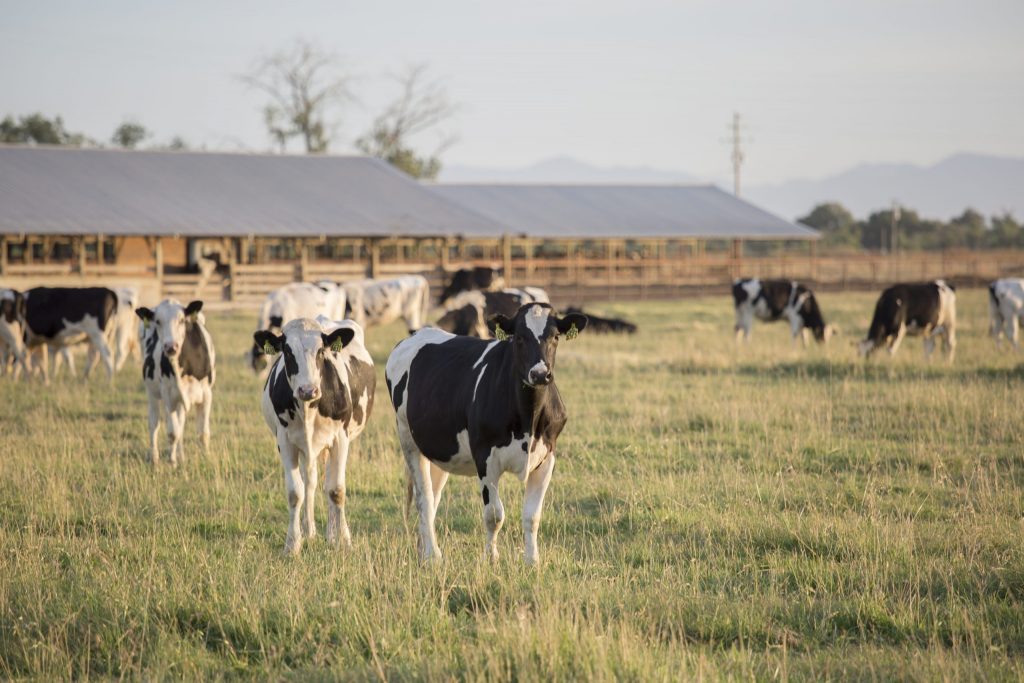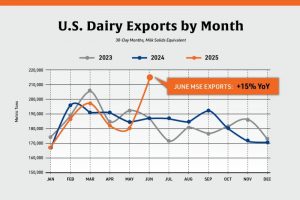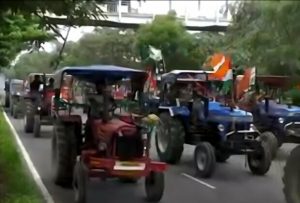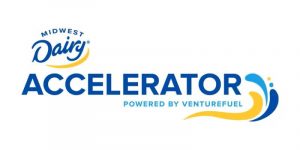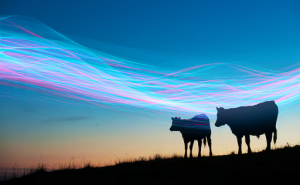
On the heels of the Leaders on Climate Summit in April, all eyes are on the U.S. to meet its newly set target to halve greenhouse gas emissions by 2030. For the California dairy industry, however, this has been an ongoing objective for some time.
The will, strategy and technology have fallen into place, enabling California dairies to have this target well in sight as they strive for greater objectives. This includes reaching “climate neutrality” — when an industry has no net global warming impact — a key milestone on the path to reaching the U.S. Dairy goal of net-zero carbon emissions by 2050.
In late 2020, the California Dairy Sustainability Summit convened to discuss policies, strategies and technologies helping to drive innovation and progress toward climate neutrality at the state level. What came through clearly is that California’s dairy families understand the responsibility and environmental considerations that come with producing nearly one-fifth of the country’s milk.
They have long been committed to providing products that are not only nutritious but produced in a way that keeps California’s finite resources and environmental balance in mind. For example, the amount of water used per gallon of milk produced has decreased by more than 88 percent over a 50-year period, due to improved feed crop production, water use efficiency and the use of byproducts as feed ingredients.
That’s great progress. But working with other local and national partners, California dairy farmers remain focused on the future and on improving upon this progress, helping to ensure a greener future for generations that follow. According to a recent White Paper from the Clarity and Leadership for Environmental Awareness and Research (CLEAR) Center at the University of California, Davis, our state’s dairy farms already have stabilized methane emissions, a critical step to reaching climate neutrality and eventually net zero carbon emissions by the 2050 target.
Planet-wise: Reducing emissions one cow at a time
Dairy is the leading agricultural product in California, making it crucial to the well-being of the fifth-largest economy in the world. However, California’s dairy sector, which includes 1.7 million dairy cows, accounts for only 4 percent of the state’s total GHG emissions.
That’s due to California dairy farmers’ continued strides in reducing methane emissions through investment and innovation. According to a 2020 study published in the Journal of Dairy Science, greenhouse gas emissions per gallon of milk produced in California have decreased by more than 45 percent over the last 50 years.
The use of anaerobic digesters, which turn manure into biogas, are driving much of this progress and provide a superior alternative to natural gas. The energy produced, a.k.a. cow power, is a renewable source that can efficiently supplement electric power for not only the farm but for entire communities.
To put it into perspective, California has roughly 35 operational methane digesters and is on pace to have as many as 140 functional by 2023. Over the next 25 years, collective dairy methane reduction projects across California, including both digesters and alternative manure management projects, are estimated to reduce more than 55 million metric tons of greenhouse gases. That’s an annual emissions reduction equal to taking more than half a million cars off the road, while also providing heat and electricity for homes and fuel for transportation.
At Calgren Dairy Fuels in Pixley, California, biogas from cow manure collected at 15 Tulare County dairies (and counting) is converted to renewable compressed natural gas (R-CNG) and introduced directly into SoCalGas’ system, which serves 21.7 million customers in Central and Southern California.
This first-of-its-kind dairy digester pipeline cluster prevents upwards of 130,000 tons of greenhouse gas from entering the atmosphere each year. The R-CNG is made available as fuel for heavy-duty trucks, replacing existing fossil-fuel diesel with near-zero emissions from CNG engines.
Not only does the project remove GHGs from the environment, but it also displaces more than 3 million gallons of fossil fuel annually. And, based on a carbon intensity score from the California Air Resources Board, Calgren’s dairy biofuel is nearly 10 to 15 times more effective at reducing carbon than electric vehicles.
Capturing and converting methane into biogas is one piece of the puzzle to climate neutrality. Another is research and innovation to reduce methane emissions from the source. Researchers at the University of California, Davis are conducting studies to help dairy farmers adjust their cows’ diets to reduce enteric methane, which naturally occurs in cows during the digestive process.
For example, diets that include alfalfa, flax and other plants high in omega-3s such as seaweed have shown to reduce enteric methane emissions in cattle.
Cattle are ruminants, meaning they have a special four-chambered stomach which enables them to unlock nutrients from plants in a way we cannot. In an agricultural state such as California, this means dairy producers can feed cows byproducts of food and fiber production that are inedible for humans, minimizing waste and reducing emissions from landfills. These byproducts account for upwards of 40 percent of a cow’s diet in the state, turning our dairy cows into efficient “upcyclers” that take unusable crop components and turn them into nutrient-dense milk.
California dairy farmers’ efforts to both eliminate and capture methane emissions are further reducing the footprint of every glass of milk produced. Through the implementation of digesters and other technologies, California dairy farms will reduce an estimated 2.5 million metric tons of greenhouse gases each year.
Water wise: Making every drop count
It’s no secret, there are growing concerns about water quality and supply. California dairy farms use water-smart management practices to both conserve and protect this precious and increasingly scarce resource.
Water recycling is commonplace on California dairies, with the same drop of water used up to five times. Clean water cools milk tanks and is then used to water and wash the cows. The same water heads to a holding pond for storage, where it is used multiple times to flush manure out of barns, becoming rich with plant nutrients such as nitrogen. It is then blended with irrigation water to “fertigate” crops in the fields.
This loop reduces the amount of fresh water used and cuts the need for synthetic plant nutrients, further reducing the carbon footprint of dairy farms by avoiding some GHG emissions associated with fertilizer production.
A growing number of California dairies are experimenting with drip irrigation to grow feed crops — and the results are promising. Early adopting farmers are getting more crop per drop, consistently using 47 percent less water while increasing crop health and yields. In a three-year field study of more than 20 dairy farmers, more than 3.1 billion gallons of water were saved, enough to meet the annual water needs of 100,000 California residents.
Time-tested sustainability practices as important as innovations
As farmers work to implement cutting-edge technologies on the farm, time-tested regenerative agriculture practices such as crop rotation and no-till farming are equally as crucial to reducing the environmental footprint of the industry. Because 99 percent of the dairy farms in California are family-owned, many of these sustainability practices have been passed down from generation to generation, helping families preserve natural resources on their farms.
One of the most important sustainability practices is also one of the oldest: For dairy farmers, cows come first. Farmers depend on cows for their livelihood. To produce high-quality milk, dairy cows must be healthy and cared for, which is why farmers focus on a nutritious diet, appropriate veterinary care and healthy living conditions. In turn, cows produce one of the healthiest and most sustainable products on the market.
Progress towards climate neutrality
More than ever, technology will play a role in agriculture sustainability — from modernizing facilities to automation technologies and processing solutions. California dairy farmers have made significant progress, and while there is more work to be done, the time-tested, future-forward approach of the Golden State’s dairy industry is focused on continued success on its journey toward climate neutrality and ultimately net zero emissions.
